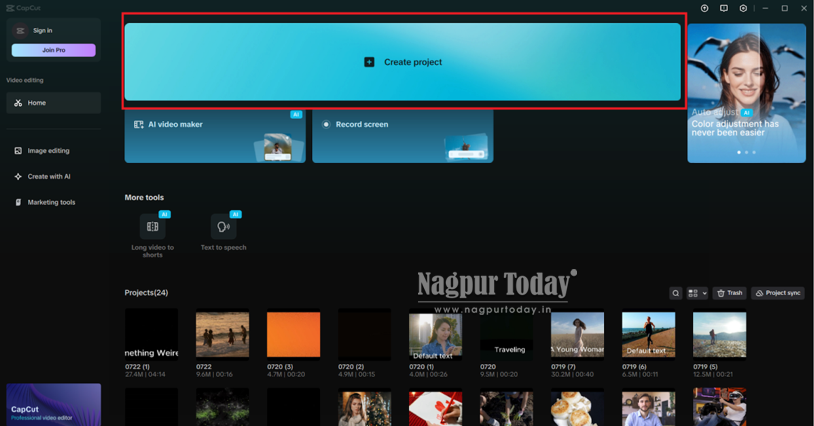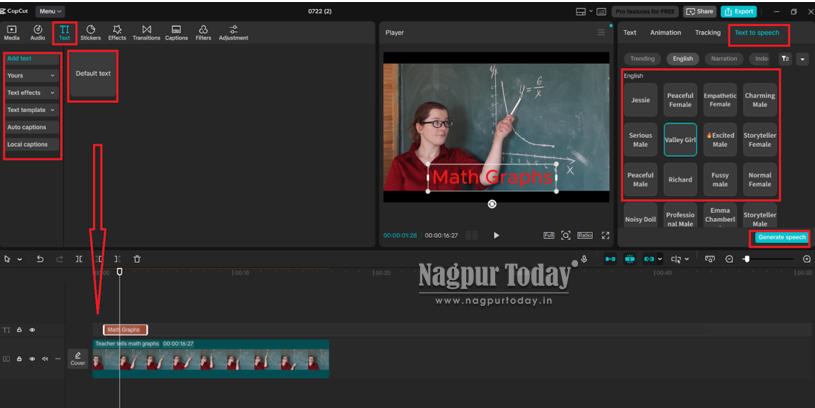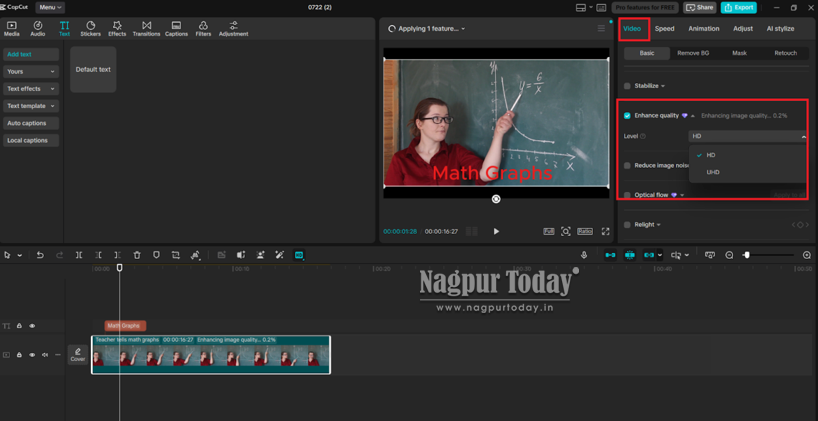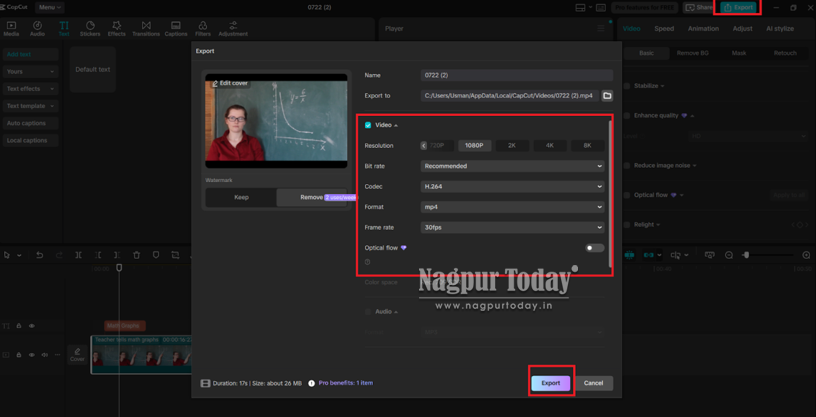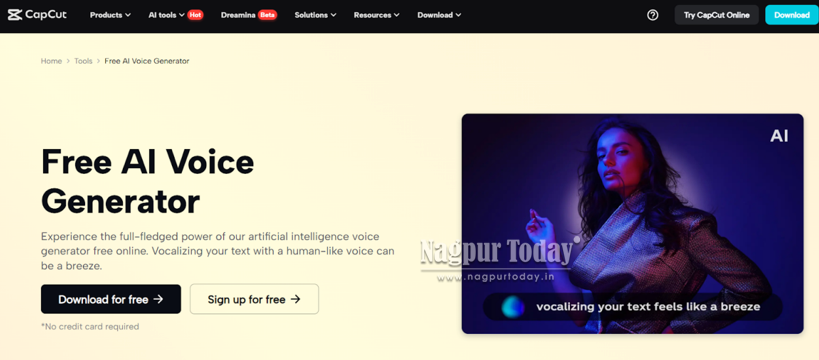
Digital learning has changed education, and exciting, accessible content is more desirable than it has ever been. The AI voice generator in CapCut is an excellent solution for educators who develop online lessons because not only can it give their voiceover the level of a professional, but they also have to spend an awful lot of money on recording tools. If you are recording lectures, recording learning videos, or creating interactive assignments in such areas as mathematics, language learning, or art, an AI voice can free your time and make the students interested in listening to it.
The text to speech AI CapCut offers, gives natural-sounding voices in various languages, making it the ideal tool to use in the multilingual classroom or for accessibility. Together with its AI video upscaler that can provide clear images, it enables teachers to be able to provide well-polished, professional lessons without breaking a sweat.
In this article, we are going to explore how teachers can use CapCut’s AI Voice generator for online lessons. By following these five simple steps, a teacher can easily create an interesting lesson for students.
Why Teachers Should Use AI Voiceovers
- Saves Time on Content Creation
In situations where voiceovers may be recorded manually, back when they were recorded in the first place, it can be time-consuming. The AI voice generator in CapCut turns lesson scripts into natural-sounding narration in a few seconds-saving hours of lesson planning and interacting with students.
- Enhances Accessibility
- Supports different languages for ESL learners
- Fixed pace is beneficial to students with learning differences
- Auto-generated subtitles enhance understanding
- Maintains Professional Quality
AI voices are pristine, like in the studio analogue, unlike hurried recordings, where the recording has background sound. The teachers also have an option of adapting the tone and speed to fit the styles of lessons-fast and vibrant with younger students, and slow and calculated with tricky topics.
- Ideal for Flipped Classrooms & Remote Learning
Students can learn on their own due to prerecorded AI voiceovers. In addition, it is as easy as updating text as compared to re-recording textbooks.
Step-by-Step: Creating AI Voiceovers for Lessons
Step 1: Prepare Your Script
Write your lesson narration in a document first. Sentences should be made short and sweet in order to enable AI delivery. Organize your text in a way that there is no hitch in narration. If you find it necessary, read it out loud to ensure the tone and rhythm, then you may import it into CapCut.
Step 2: Inserting Media into CapCut
Open CapCut, click “Create project”, and add your slides, video clips, or images. Put them on the timeline. Ensure that every visual feature comes in the sequence that fits your script. It is also possible to trim, crop, or relocate clips in order to remain focused and clear.
Step 3: Add Text & Generate AI Voice
Paste your script with the use of the “Text” tool. Choose the text layer and press “Text to speech”. Select a voice (e.g., Teacherly or Professional Female) and generate. You have the freedom to preview the voice to make sure that it suits the tone of your lesson, and edit the script directly in the CapCut, as it may be necessary.
Step 4: Sync Audio with Visuals
Synchronize the AI voiceover with what is on the screen. Apply an AI video upscaler in CapCut in case the visuals have to be sharpened. To make every detail look appropriate, zoom in on the timeline to adjust the changes between the scenes and voice lines, so that there is a smooth flow.
Step 5: Export & Share
Record your lesson in 1080p or 4K and post on learning management platforms such as Google Classroom or YouTube. Export settings are to be chosen with the best balance of quality and file size. Lastly, watch the whole video and republish it to see that the audio and visuals come out well and without glitches.
Creative Applications for Educators
- Interactive Quizzes: Use different AI voices for characters in historical reenactments.
- Language Lessons: Generate native-speaker pronunciations for vocabulary practice.
- Student Projects: Let students use AI voices for presentations if they’re shy about recording themselves.
AI vs. Human Narration: When to Use Each
- Use AI for:
- Routine lesson content
- Multilingual support
- Quick video updates
- Use Your Voice for:
- Personal feedback videos
- Emotional storytelling (e.g., reading literature)
- Building teacher-student connections
Tips to Teachers
- Play background music at a low volume of 30 percent so that it does not overpower the voice of the AI.
- Edit your teaching resources and ancient or low-resolution videos with the help of the AI video upscaler.
- Try out various AI voices to fit the topic (e.g., chatty during science experiments, soothing with math descriptions).
The AI text-to-speech at CapCut allows teachers to teach instead of being involved in technical barriers. Use it now and change your online lessons within several minutes with studio-like quality audio!
Conclusion
AI voice generator in CapCut is not merely a time-saving technique, but the door to a new vision of creating educational material. Through learning these technologies, teachers can create attractive and professionally polished lessons that will appeal to digital-native students, as well as save them plenty of time to engage in one-on-one teaching.



